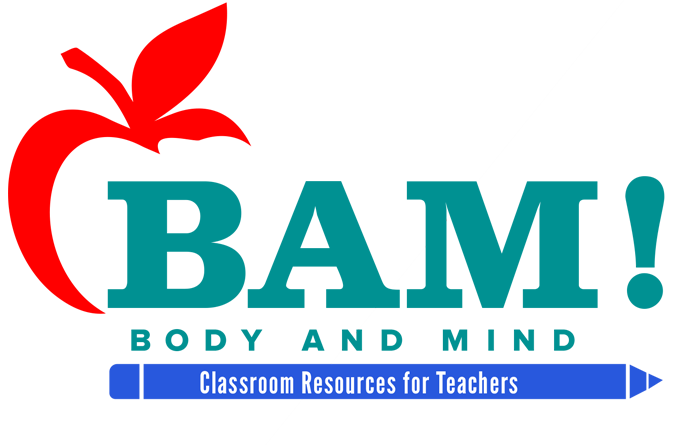
Activities
See the Activity Component Descriptions for detailed information on major sections in each of the BAM! activities.
-
Epidemiology – Infectious Disease Epidemiology Module
- Lesson 1: Understanding the Epidemiologic Triangle through Infectious Diseases
- Lesson 3: Host
- Lesson 4: Environment
- Lesson 5: Scientific Poster Session
- Lesson 6: Poisoned Picnic
-
Flu Season- Educational Material for Children
The following print-ready material may be downloaded, copied, and distributed without alteration free of charge. -
Hearing Safety: Too Loud
In this activity, teachers will present information to increase students’ knowledge about the permanent hearing damage that can occur from loud sounds and the simple ways to protect their hearing. -
Natural Disasters
-
Are You At Risk?
Working with students so they accurately assess their risk of natural disasters, understand the nature of media coverage of these events, and develop an emergency preparedness plan can help them reframe the problem and reduce their stress. -
Helping Hands
Students research the types of diseases and health crises that frequently arise in the wake of a natural disaster, with special focus on disasters in the United States that cause flooding.
-
Are You At Risk?
-
Physical Activity
-
Start here first:
Answer pre-assessment questions to determine which physical activity lessons to complete with your students. -
Active or Not, Here it Comes!
The goal of this activity is to expand students’ understanding of physical activity beyond organized sports. -
Planning for Physical Activity
The purpose of this activity is to put students in the frame of mind for developing short- and long-term physical activity plans with the objective of providing a sense of competence and positive self-image, as well as setting life-long patterns of physical activity.
-
Start here first:
-
Safety
In this activity, students explore causes of injuries and deaths for kids in their age group. -
Smoking
In this lesson, students conduct an experiment that demonstrates what goes into a person’s lungs with each puff of a cigarette. -
Stress
-
The Big Test: How We Experience Short-Term Stress
In this activity, teachers will induce mild stress in students by announcing they are about to have a quiz that will be a major part of their grade. Once students learn that this is not true, they will describe their physical and mental changes in response to this stress. -
The Body-Mind Connection of Stress
In this activity, students will fill out their own “physical reactions to stress” inventory and graph the class results. Then they will work in pairs to learn more about the body mechanisms that cause physiological stress symptoms, such as a fast heartbeat, cold hands, and dry mouth, or even longer-lasting symptoms such as a headache and sleeplessness. Finally, students will discuss their own reactions to stress and understand that many physiological stress reactions are part of the body’s normal functioning. Students will also look at ways of dealing with stress. -
Feeling Stressed Out? Stress and What to Do About It
In this activity, students discuss what’s bad and good about stress and some of the biggest stressors for kids their age. In a class discussion, students learn more about the differences between short- and long-term stress. They keep a stress diary, and evaluate whether their methods for reducing stress were successful.
-
The Big Test: How We Experience Short-Term Stress
